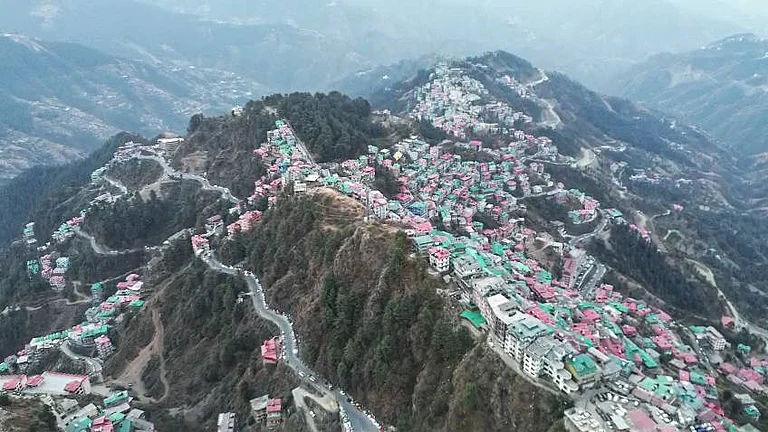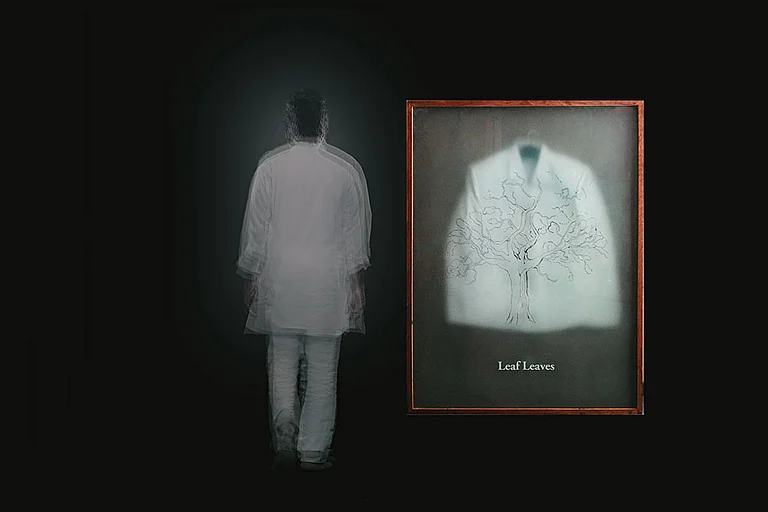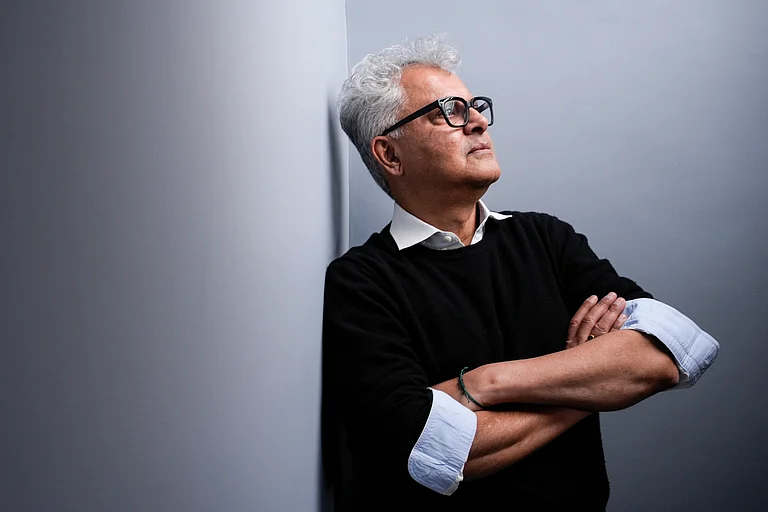The Sounds and sights
Have altered in my hills
Once they hummed with bird song
And happy gurgling brooks
Like running silver
With shoals of Many fish
The trees were many
Happy verdant green
The seasons playing magic
On their many splendored sheen
But today I no longer know my hills
The birdsong is gone
Replaced by the staccato
Of sophisticated weaponry
The rivers are running red
The hillsides are bare
And the seasons have lost their magic
Because the very essence
Of my hills
Are lost Forever.
— Temsula Ao, 1995
For the Nagas, Dr. Temsula Ao was more than just a writer and scholar par excellence of the handful from the community. She was the guardian, the voice, and the mirror of the Naga society who brought the everyday lives of the Nagas blurred between insurgency and counter-insurgency in front of the world through her poetry, short stories, and memoirs.
Dr Ao, a recipient of Padma Shri and Sahitya Akademi Award, passed away in a Dimapur Hospital on Sunday. She was 76. The death of the well-known writer, scholar, novelist, and ethnographer from Nagaland has left an indelible mark in Naga society.
ALSO READ: Poetry: New Terror in Nagaland
“Temsula Ao is not an individual. She was an institution of a scholar, a peace activist, a thinker, a friend and a beautiful human being out in one,” said Dr. Walter Fernandes, Guwahati based scholar and Director of Northeastern Social Research Centre (NESRC), Guwahati.
Dr. Ao is one of those rare examples of people who could seek the refuge of poetry to voice the causes of the community. She used Naga folklore in her poetry while writing on the traditions and culture of her land and people. Through her work, Dr. Ao reconstructed the forgotten cultural identities of the Nagas which got lost with the advent of Christianity in the hills of Northeast India. She searched for the past in her poetry and presented it to the world to show how beautiful and abundant was her land before what it became due to prolonged insurgency and counter insurgency.
Senior Meghalaya-based journalist Patricial Mukhim told Outlook, “Dr Temsula Ao was quietly confident about her purpose in life which is to rectify the lenses through which her people, the Nagas, were viewed by the rest of the world. She worked relentlessly with words to clear those wrong perceptions. Dr Temsula demonstrated to the world by her gentle use of words that the Naga people are just as capable, creative and poetic and have a way with words that any writer of repute in the world has and that those words can be as captivating as those of the bards of yore.”
Dr. Ao used poetry as a strong social tool to infuse the voices and concerns of the land and people. Her collections of poetry, Books of Songs and Poetry Here and There, trace the roots of Naga society from the past to the present while carrying the vibrations of the songs sung by her ancestors. Poems are songs in the oral culture of the Nagas and Dr Ao made sure that she used the word “song” to showcase this rich culture and thus establish the connection between identity and folklore in her poetry collections.
“As a prominent literary figure among the Nagas, Tensula Ao brought the oral tradition to the fore by igniting a new interest in the songs and stories of old through her distinctive poetic touch,” said Veio Pou, a Naga writer from Manipur and author of Waiting for the Dust to Settle and Literary Cultures of India’s Northeast: Naga Writings in English.
Likewise, Dr. Ao, through her poignant stories, gave a peep into the life and culture of the Nagas and was successful in breaking many myths and misconceptions held by the outside world about the tribe. Her collections of short stories —such as These Hills called Home: Stories From A War Zone, The Tombstone in My Garden, and Laburnum for My Head— not only dive deep into the issues plugging the Naga society, but also played a pivotal role in popularising the Naga culture, beliefs, and heritage through liberal mention of the rich folklores.
Teresa Rehman, senior journalist from Assam, said, “Temsula Ao's stories revolve around memories of ordinary people in the conflict-torn Naga hills. These are stories of pain, injustice, and resilience in the midst of the Naga movement for self-determination. Her collection of short stories titled These Hills Called Home is poignant and strikes the right emotional chord with readers all over the world. It's a big loss for the literature of northeast India.”
Dr. Ao was a Fulbright Scholar at the University of Minnesota in 1985-86. She had the opportunity to interact with the Native Americans and learn their tradition and culture. This experience led Ao to document the rich culture and heritage of her community later. In her book The Ao-Naga Oral Tradition (1999), she extensively documented the customs, folklores, traditional laws, belief systems of the Ao Naga community to which she belonged. The book is considered as one of the most authentic ethnographic works on the community.
From 1975 to 2010, Dr. Ao served as a professor at the Department of English and later as Dean of the School of Humanities and Education at North Eastern Hill University, Shillong. Her works have been translated into foreign languages like German and French and along with Indian languages.
According to Dr. Esther Daimary, Assistant Professor at the Department of English in Tezpur University in Assam, Dr. Ao addressed the absence of voices from Northeast communities in Indian writing in English by writing in many genres, such as poetry, short story, and memoir.
She told Outlook, “Ao's stories are brilliant works of collective memory that offer alternative histories of the Nagas and resist blind exoticization or sensationalization of Nagaland. Her stories are humanising and highlight the Naga people's negotiation with their identity and culture. Ao used oral tradition in her poetry to create awareness of the Ao-Naga culture. Her poems invoke the collective cultural memory of the Nagas and a nostalgic longing for past eras.”
The Naga hills are grieving as Nagaland bids adieu to Dr. Ao.


























